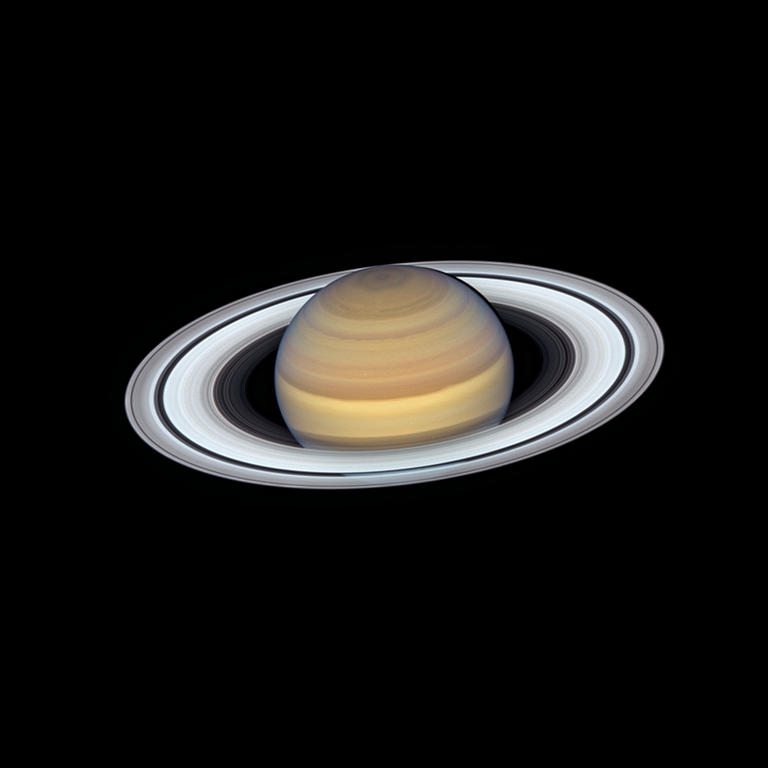BLOOMINGTON, Ind. -- Saturn will be at its finest in early September, visible all night in the constellation Aquarius. The yellow planet will be low in the southeastern sky after sunset and will climb to its highest point in the south by midnight. Seen through a telescope, the planet's ring system will be tilted 10 degrees toward Earth. Titan, Saturn's largest moon, will be an easy target for small telescopes. It will be north of Saturn on Sept. 8 and 24, and south on Sept. 15.
Jupiter will rise around 10 p.m. in early September and stand 20 degrees high in the east at the same time on Sept. 30. The best views of the giant planet will be in the early morning hours when it will be more than 60 degrees high in the southern sky. Any telescope will show magnificent features in its turbulent and dynamic atmosphere.
Venus will dominate the morning sky in September, shining brilliantly in the hour before dawn. As astronomical twilight begins on Sept. 1, the gleaming planet will rise just before 5 a.m. local daylight time. Venus will be more than 20 degrees below Castor and Pollux, the brightest stars in the constellation Gemini.
Mercury will offer its best morning view of 2023, shining 9 degrees high in the east a half hour before sunrise on Sept. 29.
Mars will be a challenging object low in the western evening sky. The Red Planet will be 3 degrees high a half hour after sunset and half that elevation less than 15 minutes later. The window for observing will be very narrow.
Equinox
The sun will arrive at the September equinox on Sept. 23 at 2:50 a.m. EDT, marking the start of autumn in the Northern Hemisphere and spring in the Southern Hemisphere. For the next six months in the Northern Hemisphere, the nights will be longer than the days.
Moon phases
The moon will be at last quarter on Sept. 6, new on Sept. 14, at first quarter on Sept. 22, and full on Sept. 29.
Author: Hal Kibbey Email: hkibbey [at] gmail.com


 The College of Arts
The College of Arts